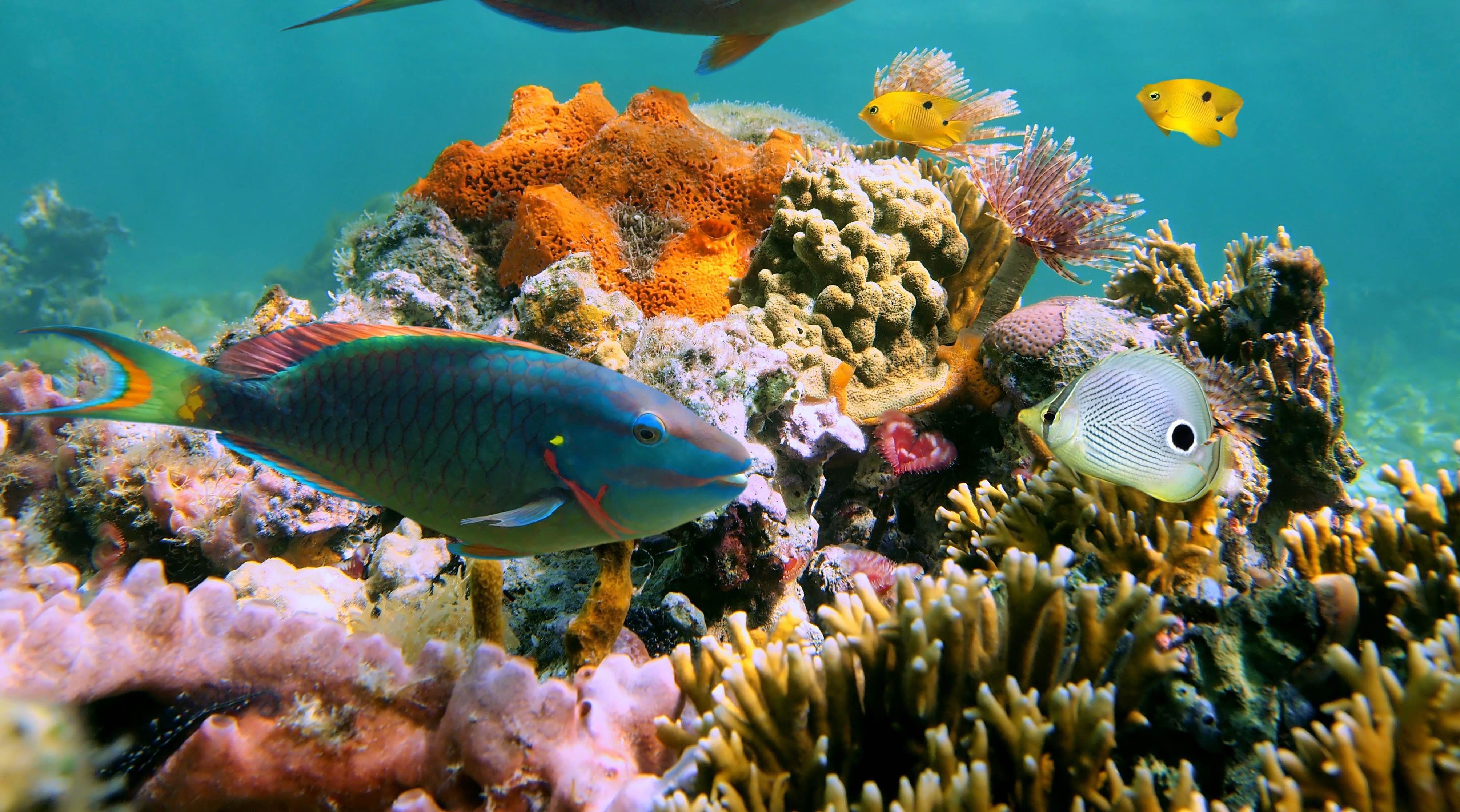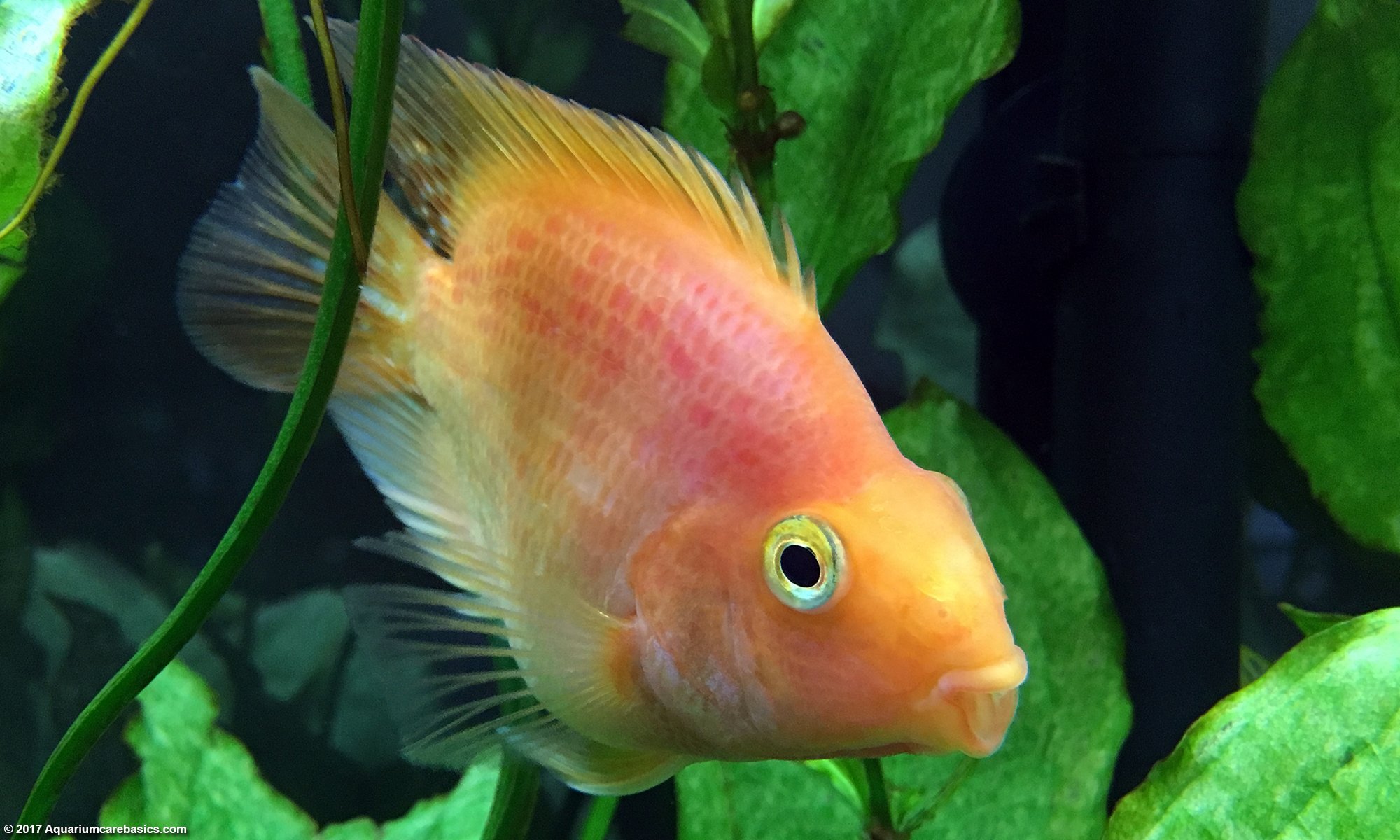
Do parrot fish have ciguatera?Īny reef fish can cause ciguatera poisoning, but species such as barracuda, grouper, red snapper, moray eel, amberjack, parrotfish, hogfish, sturgeonfish, kingfish, coral trout, and sea bass are the most likely to do so. In fact, according to a study published last year in the journal PLOS ONE, the island’s native birds are the only ones that can survive in such a harsh environment, because they have adapted to the harsh conditions by using their feathers to protect themselves against the sun’s ultraviolet rays. The famous white-sand beaches of Hawaii, for example, actually come from the poop of parrotfish. In the wild, they are found in tropical and subtropical waters around the world, including the Caribbean, Pacific, Indian, and Atlantic Oceans.

The task of cleaning the reefs is performed by this almost-constant eating.

The colorful parrotfish spend most of their day eating algae off coral reefs. The EPA’s RDA is based on a person’s age, weight, height and body mass index (BMI), which is a ratio of weight to height. Environmental Protection Agency’s (EPA) recommended daily allowance (RDA) of 0.7 micrograms of mercury per kilogram of body weight (mg/kg bw) for pregnant and lactating women and 1.2 mg/kWbw for children under 6 years of age. The study, conducted by researchers at the University of California, San Francisco, and the National Oceanic and Atmospheric Administration (NOAA), found that the average mercury level of the mothers’ diets was more than twice the U.S. Is parrot fish high in mercury?Īccording to a new study published in the journal Environmental Health Perspectives, the mothers who predominantly eat karang or jack but also regularly consume tuna, red snapper, parrotfish, mackerel, Kordonye and grouper have mercury levels far higher than the general population. The Commission’s mission is to conserve, protect, and enhance the natural and cultural resources of Florida. The Florida Fish and Wildlife Conservation Commission (FWC) is the state agency responsible for regulating and protecting Florida’s fish and wildlife resources. The parrotfish can be caught with nets or slurp guns and kept alive until they are ready to eat. Parrotfish are not to be harvested for food. The study was published in the Journal of Toxicology and Environmental Health, a peer-reviewed scientific journal published by the American Association for the Advancement of Science. “We believe that this is due to the liver’s ability to detoxify toxins from the bird’s body.” “This is the first report of a lethal liver toxicity in a wild bird,” said study co-author and University of California, Davis, associate professor of veterinary medicine and pathology, Dr.

They were all toxic, except for livers obtained from young parrots, which were not toxic at all.

In mice, the contents of the individual organs were examined for lethal strength. Severe muscle pain, paralysis and dyspnea can be caused by the ingestion of the parrotfish Ypsiscarus ovifrons. They are also a good source of vitamin C and protein. The fillets are very easy to cook in a pan. I recommend giving parrotfish a try for dinner if you find it in the market. A sweet, shellfish flavor is given to parrotfish by feeding on coral and algae.


 0 kommentar(er)
0 kommentar(er)
